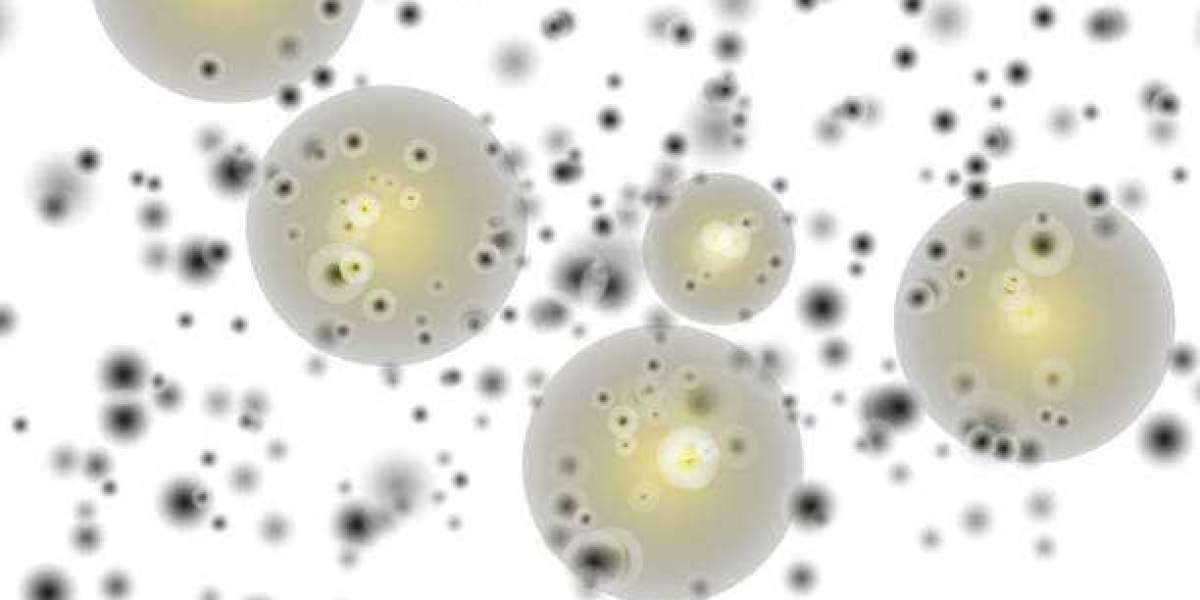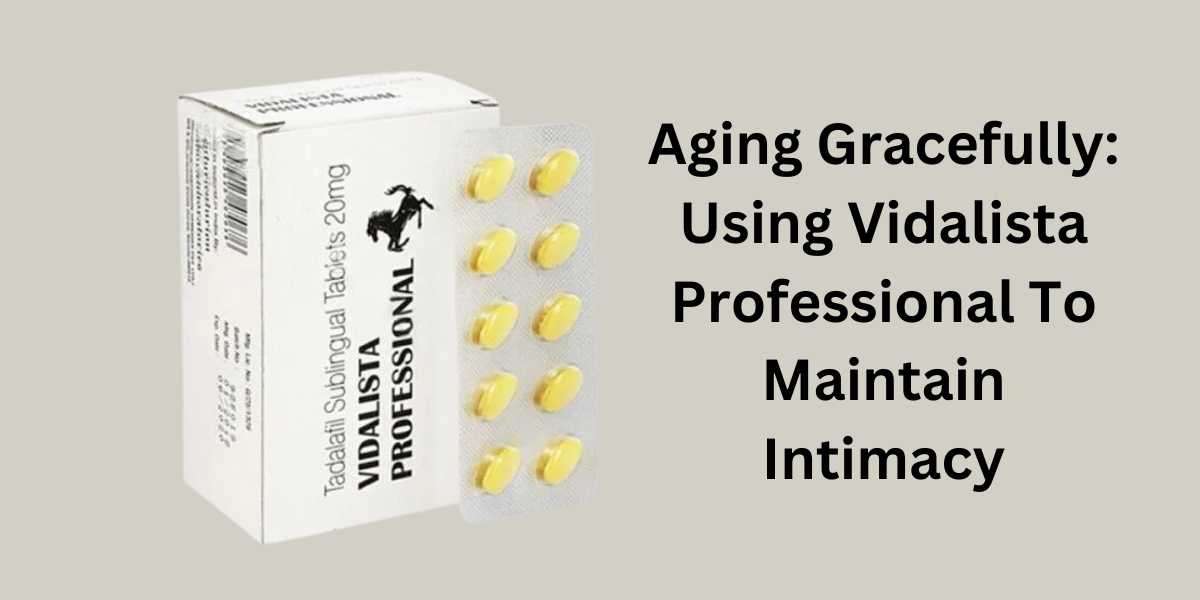Mold is a common issue that many homeowners face. It not only looks unsightly but can also pose serious health risks. Mold toxicity can lead to a range of health problems, including respiratory issues, allergies, and even more severe conditions. To help you breathe easier and maintain a healthy living environment, we've compiled five essential tips to combat mold in your home.
Understanding the Basics
Before diving into the tips, let's first understand what mold is and why it's a concern. Mold is a type of fungus that thrives in damp and humid conditions. It spreads through tiny spores and can grow on various surfaces, including walls, ceilings, and even household items. Mold toxicity can produce allergens, irritants, and mycotoxins that can harm your health.
Tip 1: Identify the Source
The first step in combating mold is to identify its source. Mold requires moisture to grow, so start by checking areas prone to water leaks or high humidity. Inspect your roof, windows, and plumbing for any signs of leaks. Once you've located the source, you can take steps to address the issue and prevent further mold growth.
Tip 2: Improve Ventilation
Proper ventilation is key to preventing mold growth. Ensure that your home is well-ventilated, especially in areas like the bathroom, kitchen, and basement. Use exhaust fans to reduce humidity, and keep windows open when weather permits. A well-ventilated home discourages mold from taking hold.
Tip 3: Maintain Low Humidity
Controlling humidity levels is vital in mold prevention. Invest in a dehumidifier for particularly damp areas in your home. Aim to keep indoor humidity below 50%. This simple step can go a long way in preventing mold from thriving.
Tip 4: Regular Cleaning
Regular cleaning is a crucial part of mold prevention. Dust and vacuum your home frequently to remove potential mold spores. Pay special attention to areas that are often overlooked, such as the back of closets, under furniture, and inside air ducts. Cleaning with mold-inhibiting products can further reduce the risk of mold growth.
Tip 5: Monitor Indoor Plants
Houseplants can add beauty to your home, but they can also contribute to mold growth. Overwatering plants or allowing water to accumulate in their trays can create a breeding ground for mold. Be mindful of plant care and avoid overhydration.
Conclusion
Mold toxicity is a serious concern that can affect both your health and the structural integrity of your home. By following these five essential tips, you can combat mold and create a healthier living environment for you and your family. Remember to be proactive in identifying and addressing mold issues to ensure you're breathing easier and living in a safe and mold-free home.
In conclusion, tackling mold in your home involves a combination of prevention, maintenance, and a keen eye for potential trouble spots. With these tips in mind, you can significantly reduce the risk of mold toxicity and breathe easier in your home.








